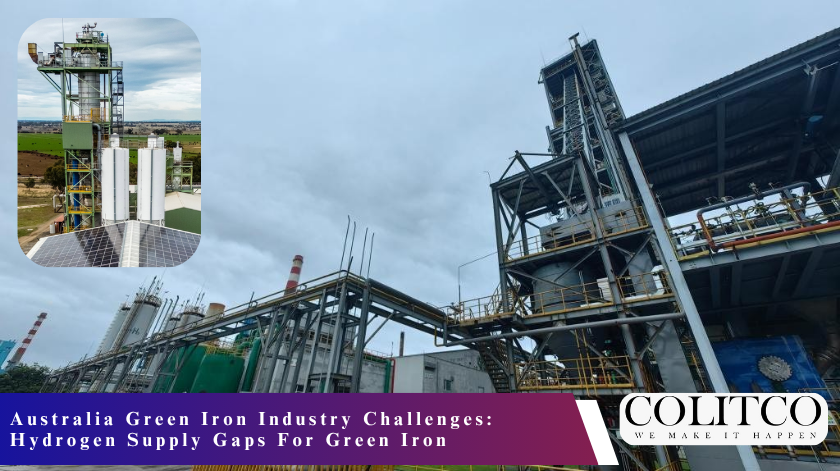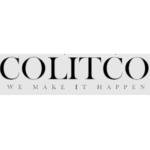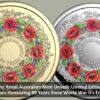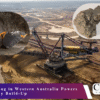The dreams of green iron in Australia are, to a large extent, hindered by the hydrogen supply shortages threatening the main projects. The Institute for Energy Economics and Financial Analysis (IEEFA) cautions that the majority of green iron production relies on hydrogen, which is not provided with long-term secured availability. Consequently, these projects are in a very precarious position in terms of their supply.
IEEFA’s report draws attention to the fact that the current government programs are mainly concentrating on the steelmaking area to the neglect of proper hydrogen and renewable power commitments. In the absence of guaranteed offtake agreements and prudent infrastructure planning, these projects could be facing heavy costs associated with delays or even abandonment before reaching completion.
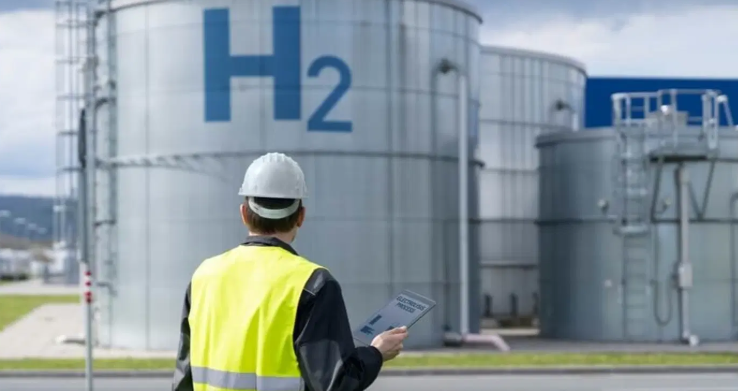
Hydrogen shortages threaten Australia’s green iron projects, warns IEEFA report.
Why Does The Hydrogen Issue Matter For Australia’s Strategy?
The Australian government has a target of being the world’s foremost low-emission steel and iron exporters by implementing hydrogen-powered direct reduction technology instead of coal and blast furnaces. Nevertheless, the IEEFA says that the current funding and grant mechanisms do not consider the hydrogen production chain. This oversight makes projects prone to energy shortages, which could hinder the achievement of the country’s decarbonization goals.
The international case studies demonstrate that hydrogen-dependent projects in Europe and the United States met barriers due to a lack of clear supply guarantees. These projects were not able to reach their emission targets or attract stable financing without having a reliable hydrogen supply.
How Are The Australian Green Iron Industry Challenges Impacting Growth?
The IEEFA cautions that a lack of solid hydrogen agreements will hinder the formation of a genuinely eco-friendly green iron industry. The green hydrogen is still very costly, and the production is mostly limited, and its scaling up is still quite a complex process. If there is no certainty of supply, then the Australian green iron projects may again depend on gas or coal-polluting systems.
The hydrogen-based direct reduced iron (DRI) has a current price that is 20-30% higher than that of iron made using the gas route, and this is referred to as the “greenium”. If Australia lose its hydrogen supply, then this premium will vanish and the country will lose its position in the export market. The issue is not only a financial one but also a matter of the structure, as the linking of hydrogen production to iron generation remains very weak.
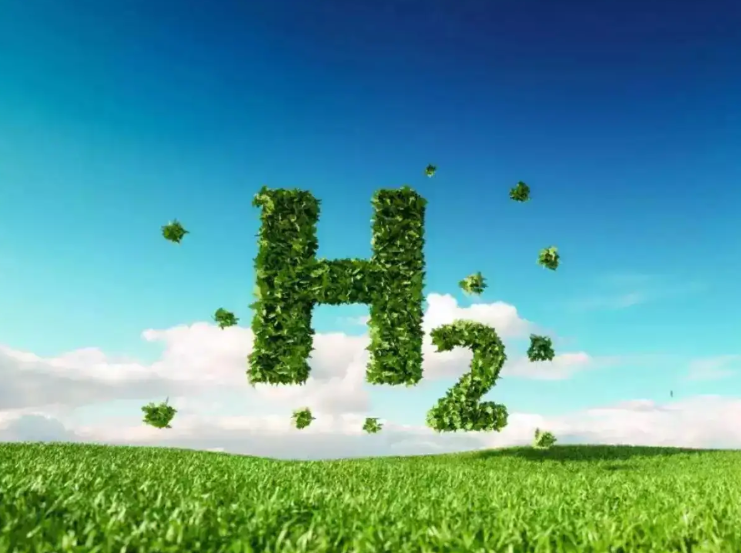
Lack of hydrogen supply may force green iron back to fossil fuels.
Integration Challenges Are Slowing Down Progress
The IEEFA’s investigation reveals that in the international green iron projects, hydrogen production, renewable energy, and iron making are facilities connected. On the other hand, many of the Australian projects regard these things as separate. This fragmentation raises the risk of operational problems and makes the transportation of hydrogen more difficult.
The existing policy in Australia is more inclined towards providing funds for steel production than for the development of the entire supply chain. Therefore, projects are allowed to move on without strong hydrogen relationships. Such a method endangers the country from being cornered into the production of gas-based DRI instead of the real green hydrogen-based iron.
What Are The Global Implications Of Hydrogen Supply Gaps For Green Iron?
There is a global trend towards using green iron, which is very strong and is one of the main reasons why countries are turning to steel production. Australia, due to its inevitable availability of massive iron ore, could be the one to lead the change. On the other hand, if hydrogen difficulties are not finally and completely overcome, Australia will not be able to supply a very competitively priced low-carbon iron market.
If the hydrogen-related disadvantage goes on for long, Australia will have to settle for the second best and will be looking at a very slow and painful market exit to countries that have set up the complete cycle of renewable and hydrogen power. IEEFA, in fact, anticipates the worst-case scenario of exporting only “grey iron,” thus ruining the country’s green export ambitions and losing its credibility in the global markets.
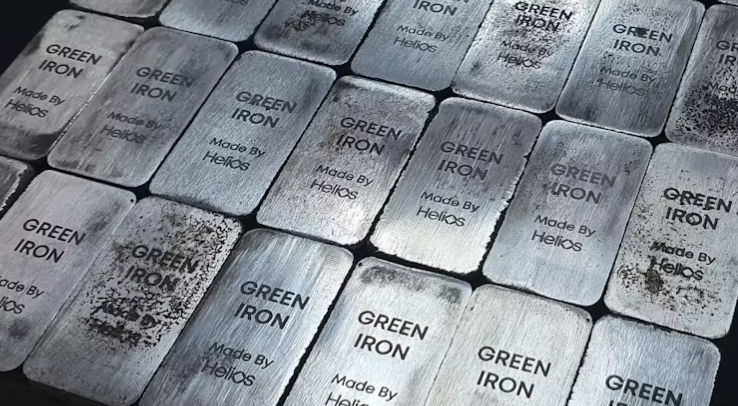
Australia’s hydrogen woes may block its lead in green iron production.
How Can Australia Overcome These Green Iron Challenges?
Taking this into account, Australia should very quickly change its industrial strategy by incorporating a reliable hydrogen supply and renewable energy integration, and thereby improving its position. IEEFA has identified several such steps to be taken:
- Make it a requirement of all funding awarded by the government that the grantee commits itself to hydrogen supply and renewable energy contracts.
- Set the hydrogen production capacity according to the demand for iron making so that there will be no shortages.
- Do everything possible to promote the public-private partnerships for the large-scale manufacture of electrolysers.
- Keep track of the hydrogen price drops to ensure that the project remains viable in the long run.
Coordinated policy action can make it possible for Australia’s green iron initiatives to be both competitive and sustainable in the world market that is changing towards carbon-free metals.
FAQs
Q: What is green iron?
A: Green iron is a type of iron produced using hydrogen from renewable energy sources rather than coal or gas.
Q: Why are the gaps in hydrogen supply for green iron a matter of concern?
A: Such gaps disrupt the operations of the projects, which makes it more difficult to achieve the planned levels of production and to keep the emissions down.
Q: What is the warning given by IEEFA with respect to Australia’s green iron plans?
A: IEEFA thinks that by taking the hydrogen supply issue lightly, Australia would not only lose its place in the market but also hinder its efforts in the area of clean energy and exports.
Q: Is it still possible for Australia to take the lead in green iron exports?
A: Yes, provided the industries supplied with hydrogen, electricity, and iron production are developed and grown in the same manner as the others.

